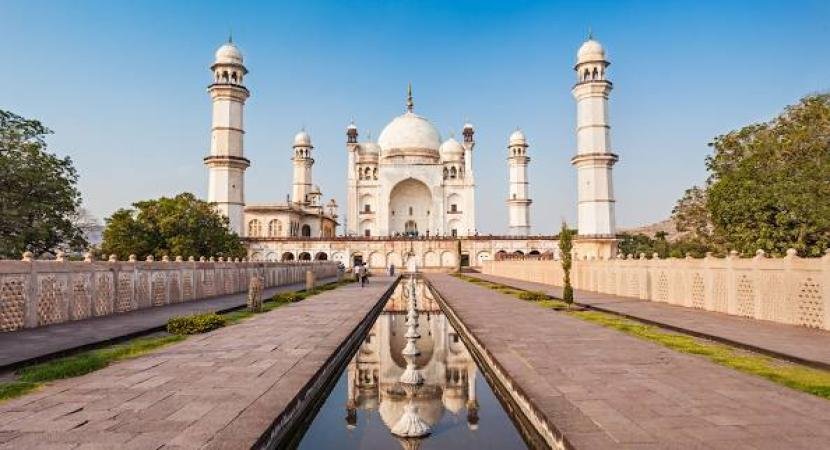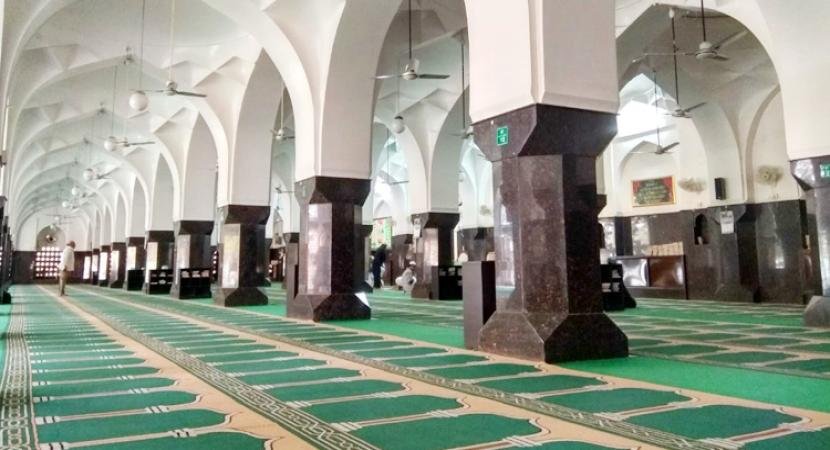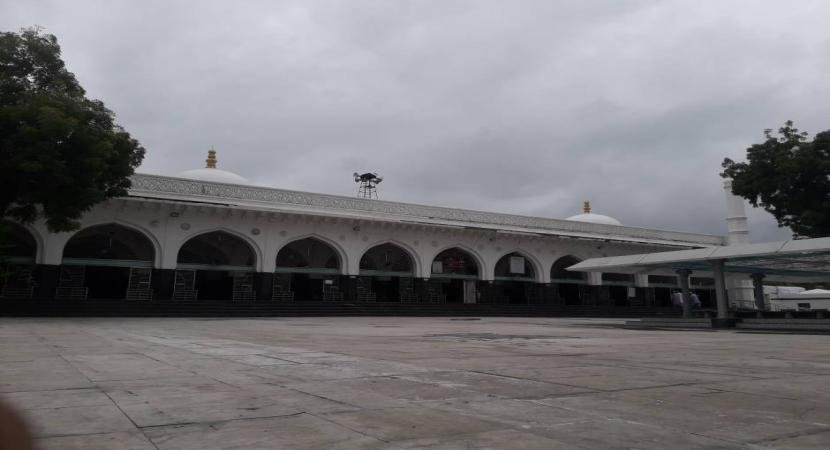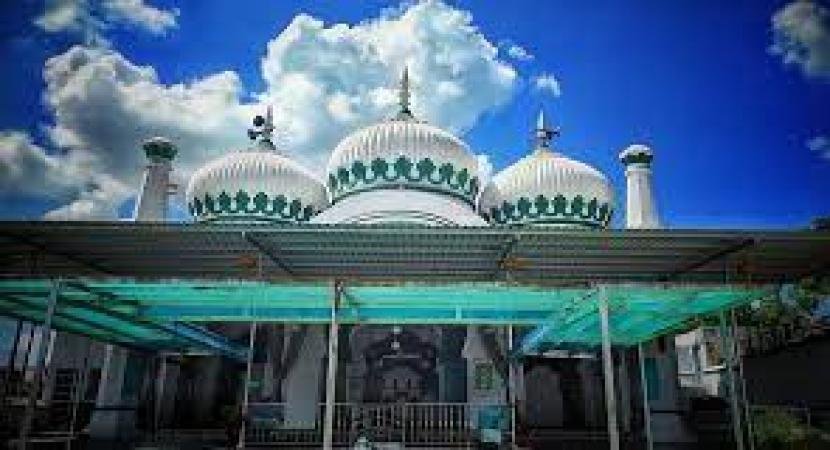Mughal Circuit

Tour Details
- "Feel the Connection Between The Mughal Architect and Aurangabad City"
- Starting from the Jama Masjid the biggest Mosque in Aurangabad City.
- Looking at Aam Khaas Maidan reviewing it as "Aam" & "Khaas"
- Shahi Masjid Where Emperor Aurangzeb use to Pray
- Himayat Baugh 17th Century Mughal Type Garden
- Salim Ali Lake and Bird Century
- then will follow up to City's most iconic Monument the Taj of Deccan "Bibi ka Maqbara"
- Panchakki (Water Mill) a Marvelous Water Canal System to operate a Flour Mill built by Sufi Saint Baba Shah Musafir in the Early 17th Century.
Included
- Tour
Excluded
- Tour
Touring Map
Start To End Itinerary
Book a Tour now and get the Itinerary from us and be a part of Our City Tour!
5
4
3
2
1




